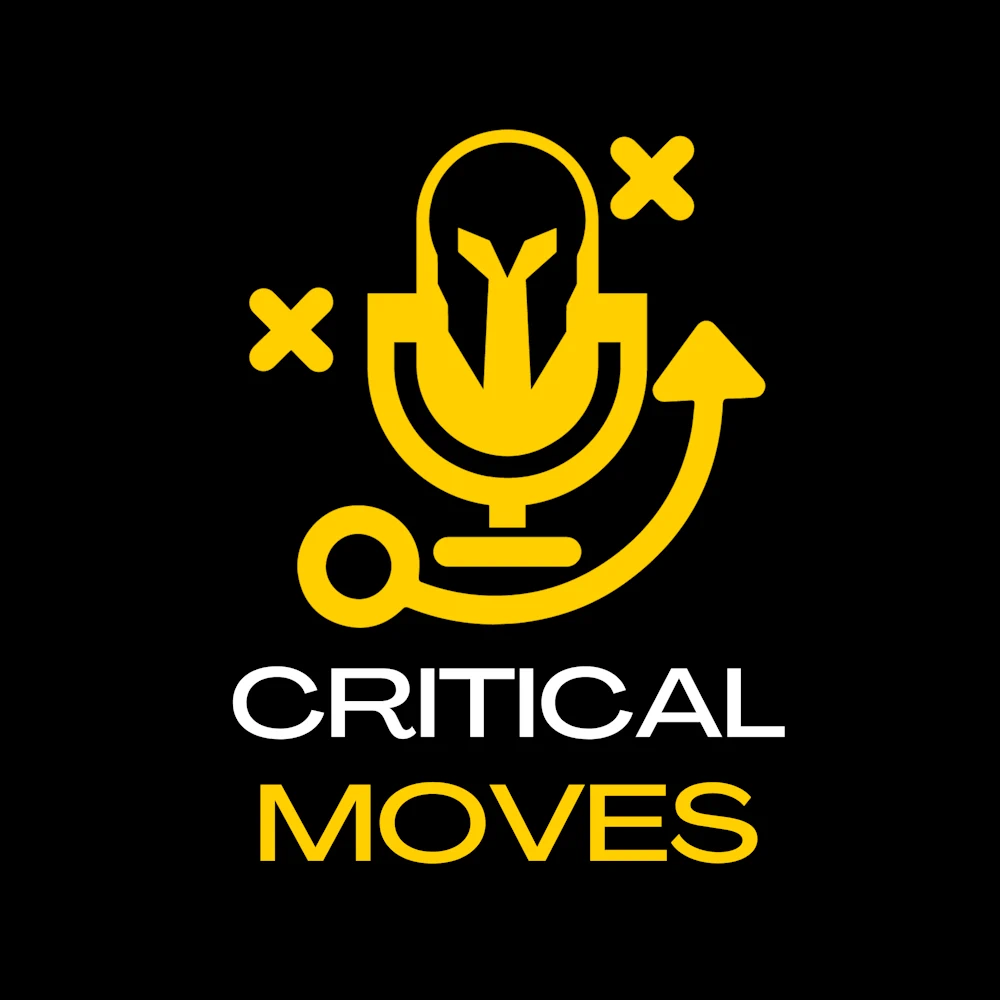When did the best RTS games get made, and why haven’t we seen anything like them since? This week on Critical Moves, Al, Jack, and Tim rewind to the golden age of real-time strategy to figure out what made that era so good. From peak base-building to iconic faction design, it was a time when RTS games felt fast, focused, and everywhere. If you were there, you remember. If you weren’t, here’s what you missed.
WHY IT FELT LIKE A GOLDEN AGE
RTS games exploded in the late ’90s and early 2000s. Jack pointed out how tight the design loops were: base-building, economy, combat, all clearly defined and balanced. You weren’t overwhelmed with sandbox systems or meta-layers. You were in, you built your base, and you fought.
Tim added that clarity was part of the appeal. You knew what a Zerg Rush was. You knew what Tiberium was for. The genre had its own language, and fans got fluent fast. It also helped that the games ran well, had LAN multiplayer, and packed in chunky campaigns with distinct factions.
For Al, it was about identity. Each faction had character. You didn’t just play blue team vs red team – you played Soviets, GDI, Protoss, UEF. They didn’t just look different; they played differently.
THE GAMES THAT DEFINED IT
Several titles kept coming up.
Command & Conquer and Red Alert delivered cinematic, mission-based gameplay and a clear tone: campy, confident, and easy to pick up. StarCraft refined the formula with asymmetric design that still felt balanced. Total Annihilation and later Supreme Commander ramped up the scale, with physics-based projectiles, giant units, and automation tools.
Jack mentioned Warcraft III as the bridge to MOBAs – a game with hero units, base-building, and RPG-style progression. It signalled where RTS might go, but also where the classic formula started to fragment.
WHY IT FADED
Tim raised the obvious question: what happened? Why did RTS fall off?
Part of it is the shift to consoles, where RTS never translated well. Part of it is the rise of other genres with better monetisation – MOBAs, battle royales, even deckbuilders. These pulled in players who wanted faster dopamine hits or more persistent progression.
Al noted that RTS development also got more expensive. Balancing asymmetric factions, building campaigns, supporting multiplayer – it’s hard to do all that without a big budget. And big studios stopped taking the risk.
There was also burnout. Jack said it plainly: maybe we just had enough. The golden age gave us dozens of excellent games, but after a while, it felt like we were playing remixes.
IS THERE STILL HOPE?
Yes, but it looks different.
Jack pointed to indie developers like the team behind Beyond All Reason, who are building the kind of large-scale RTS games that used to define the genre. Al brought up Sanctuary: Shattered Sun and Tempest Rising as modern attempts to bring back base-building and faction design with a clear lineage.
Tim made the case that we might not get a second golden age – and maybe that’s fine. What we have now are the remnants, the riffs, and the homages. But they’re made by people who remember what made RTS great in the first place.
The golden age might be over, but the memory isn’t. The RTS genre still casts a long shadow, and its best ideas haven’t been forgotten. Whether you were there for the LAN parties or you’re discovering these games for the first time, it’s worth looking back.
Want to join the discussion? Head over to our Discord or the forum.
Listen on Spotify, Apple Podcasts, Amazon Music, or search your alternative preferred podcast provider.
Ahh, we’re on YouTube too!
Discover more from Critical Moves Podcast
Subscribe to get the latest posts sent to your email.

